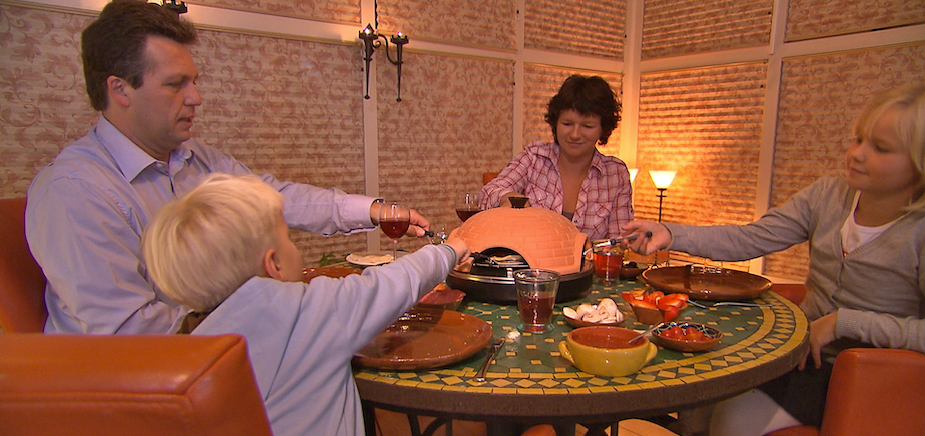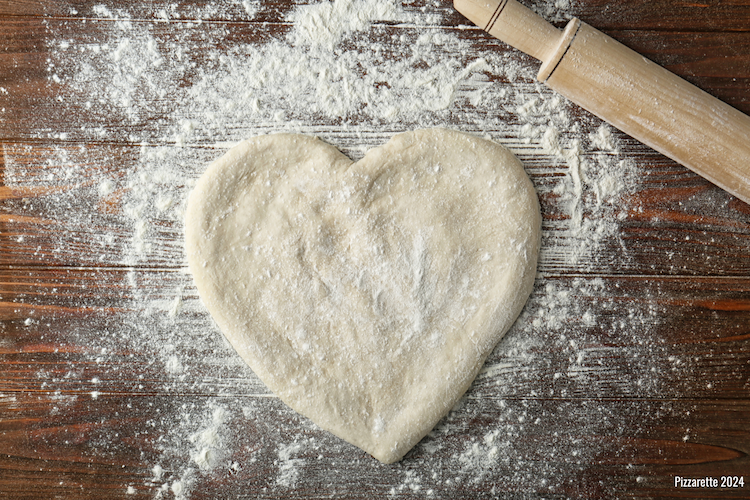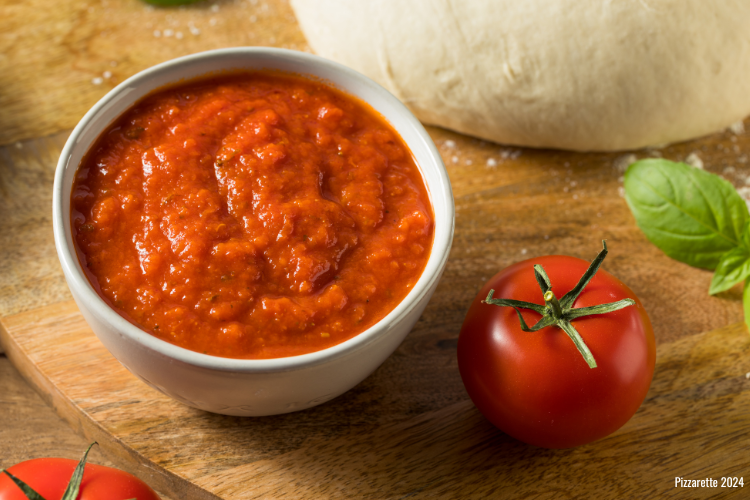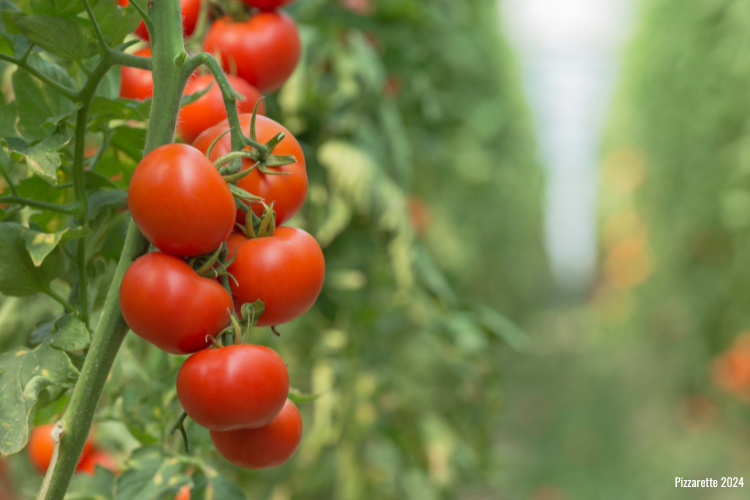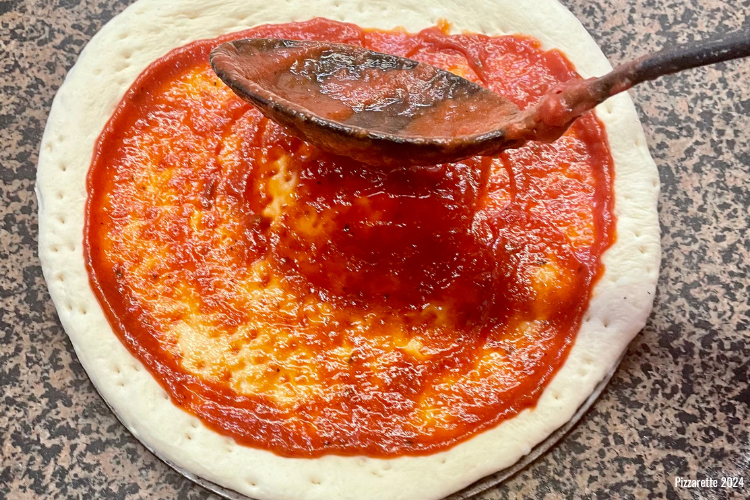
Finding the perfect Christmas gift for someone who loves hosting dinner parties can be tricky. They’ve likely already stocked up on the essentials—fine glassware, a collection of gourmet spices, and fancy serving platters. But if you want to truly impress your host or hostess this holiday season, consider giving them something that not only adds to their entertaining arsenal but also transforms the dining experience into an interactive event. Enter the Pizzarette—a fun, stylish, and incredibly practical gift for anyone who loves to host gatherings.
What is a Pizzarette?
A Pizzarette is essentially a tabletop pizza oven, but it’s not just any pizza oven. What makes the Pizzarette special is its social aspect. It comes with individual pizza spots, allowing guests to create their own mini pizzas right at the table. The small, dome-shaped oven usually has multiple slots (ranging from 4 to 8 depending on the model) where people can place their pizzas for cooking. Each person can customize their creation with their favorite toppings, and the pizzas are cooked quickly to crispy, cheesy perfection.
This unique appliance is perfect for dinner parties because it turns a meal into an interactive activity where everyone is involved in the cooking process. It’s a guaranteed conversation starter and a great way to keep the energy flowing throughout the night.
Why the Pizzarette is Perfect for Entertaining
Interactive Experience: Dinner parties are often about bringing people together, and the Pizzarette excels in doing just that. Instead of sitting down to a formal meal where the host does all the work, everyone can contribute to making their own pizza. This hands-on approach fosters creativity and keeps guests entertained, making it an ideal centerpiece for casual or family-style gatherings.
Accommodates Different Tastes: One of the challenges of hosting is catering to everyone’s tastes, dietary restrictions, or preferences. The Pizzarette takes the guesswork out of this equation. Each guest can choose their own ingredients, whether they prefer classic pepperoni, a veggie-packed pizza, or need a gluten-free option. This customizable aspect ensures that everyone is happy with their meal.
Compact and Efficient: Unlike bulky pizza ovens that require outdoor space or take up an entire kitchen counter, the Pizzarette is compact and easy to store. It can be used right on the dinner table, making it accessible for both small apartments and large homes. Its quick-cooking capabilities (typically 5-7 minutes per mini pizza) mean that the host doesn’t have to spend hours in the kitchen while guests are left waiting.
Easy Cleanup: No host wants to spend the rest of the night scrubbing dishes. The Pizzarette makes cleanup a breeze. Since everyone cooks their own food on individual trays, there’s minimal mess. Most Pizzarettes have non-stick surfaces, and the trays can usually be placed in the dishwasher after use, giving the host more time to relax after the party.
Great for All Ages: Whether it’s a sophisticated gathering with friends or a family party with kids, the Pizzarette is a hit across all age groups. Kids love the novelty of creating their own mini pizzas, while adults enjoy experimenting with more gourmet combinations. It’s also a great way to introduce children to cooking in a fun, supervised way.

The Gift That Keeps Giving
Giving a Pizzarette as a Christmas gift isn’t just about providing someone with a new kitchen gadget; it’s about offering a new experience. Every time your recipient hosts a dinner party, they’ll think of the thoughtful gift you provided and the endless possibilities it brings. It’s a memorable and unique way to add a dash of excitement to their dinner parties for years to come.
In a season of giving, a Pizzarette is more than just a present—it’s an invitation to create lasting memories, to gather friends and family around the table, and to celebrate good food together. If you’re looking for the perfect Christmas gift for someone who loves hosting dinner parties, the Pizzarette is a surefire hit that will elevate their gatherings from ordinary to extraordinary.

